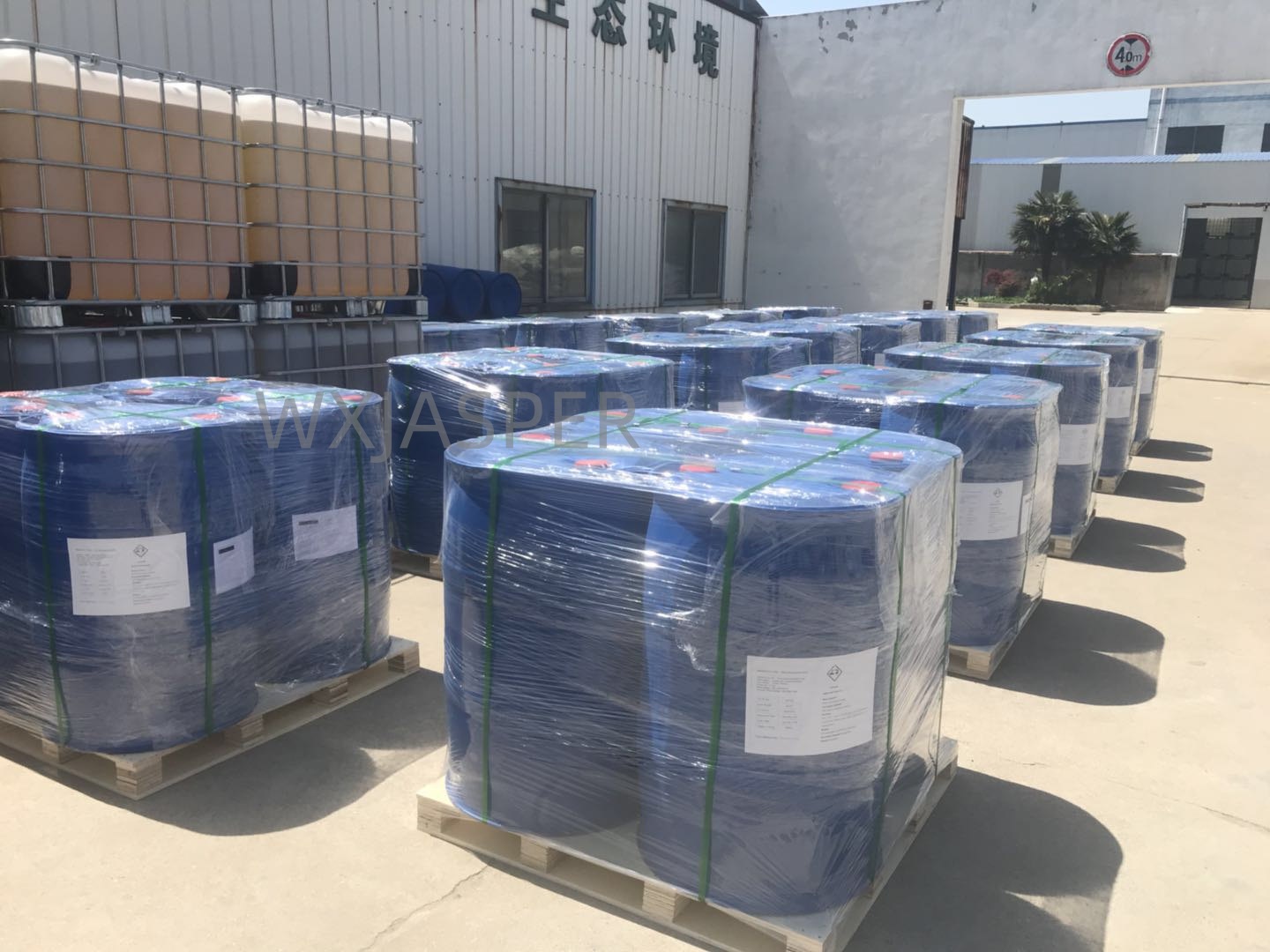Your Location:Home > Products > Solvents > Poly (Acrylamide-co-Diallyldimethylammonium Chloride)



CasNo: 26590-05-6
MF: (C8H16ClN)n.(C3H5NO)m
Appearance: liquid
Delivery Time: 15 days
Packing: 200kg/drum
Purity: 99%
|
Indicator |
Typical Value (Industrial-Grade Liquid) |
Description |
|
Appearance |
Colorless to pale yellow transparent liquid; free of sediment or turbidity |
Visual purity ensures no interference with end-product clarity. |
|
Solid Content |
10%–50% (conventional: 20%, 30%) |
Higher solid content reduces transportation costs; selected based on dosing needs. |
|
Molar Ratio (DMDAAC:AM) |
10:90 to 90:10 (customizable) |
Adjusts charge density: higher DMDAAC ratio enhances cationicity for flocculation; higher AM ratio boosts adsorption for papermaking. |
|
Molecular Weight (Weight-Average) |
500,000–8,000,000 Da (customizable) |
High molecular weight improves adsorption-bridging; low molecular weight enhances solubility in cosmetics. |
|
pH Value (1% aqueous solution, 25°C) |
5.0–8.0 |
Near-neutral, compatible with most industrial and cosmetic systems without pH adjustment. |
|
Charge Density |
1.0–6.0 meq/g (cationic) |
Tunable via monomer ratio; higher charge density for electrostatic neutralization in water treatment. |
|
Specific Gravity (25°C) |
~1.02 g/cm³ |
Low density ensures easy dilution and mixing with water. |
|
Decomposition Temperature |
≥150°C |
High thermal stability avoids degradation during storage or high-temperature processes (e.g., papermaking drying). |
|
Flash Point |
>100°C (closed-cup) |
Non-flammable, safe for transportation and storage. |
|
Solubility |
Easily soluble in water; insoluble in ethanol, acetone, and other organic solvents |
Rapid dissolution enables quick on-site dosing. |